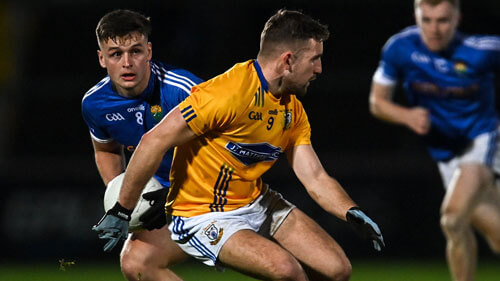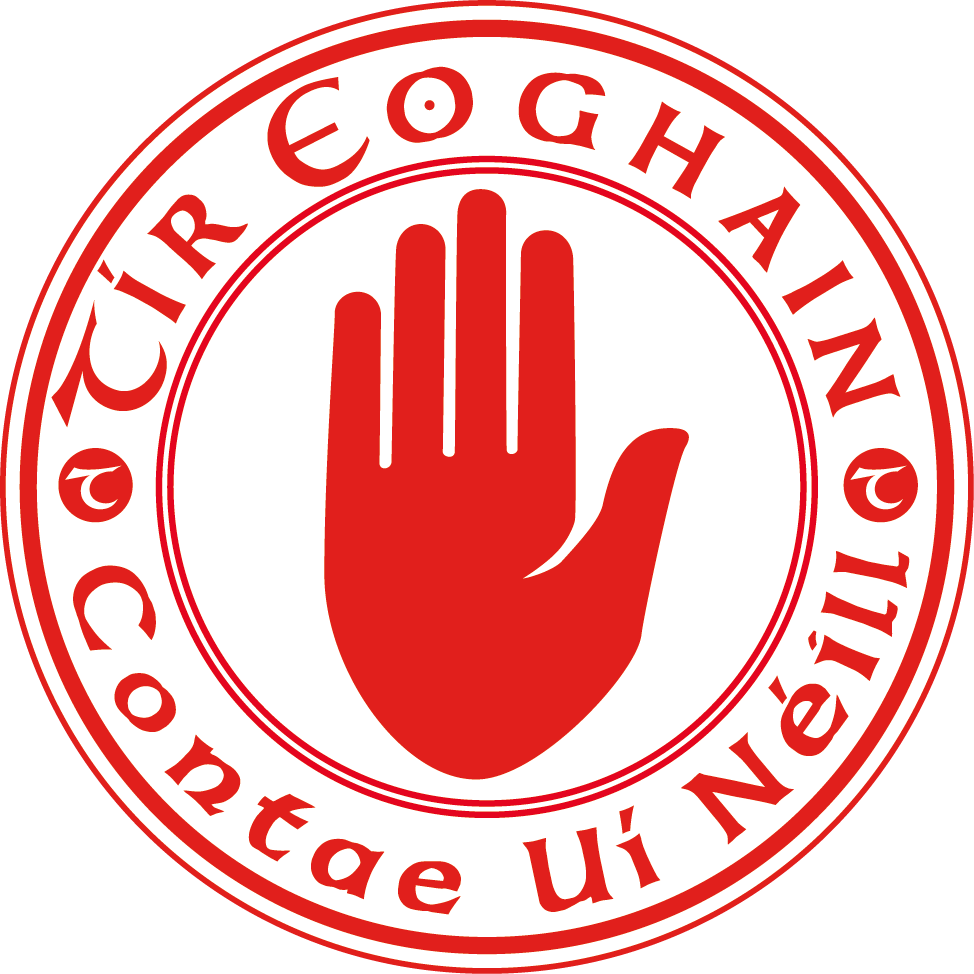First All-Ireland Titles, 1947-48
Progress towards further breakthroughs, however, would be painstakingly slow. The outbreak of the second World War slowed the momentum of progress administratively; with the advent of petrol rationing, for example, any thoughts of establishing an integrated county league had to be abandoned. The senior team made some modest progress, winning the Lagan Cup in 1942 and reaching the Ulster final in 1941, losing inevitably to Cavan. That county continued to prove to be the scourge of Tyrone teams throughout the 1940s, standing in the way of the much longed for breakthrough.
It was to be at under-age level in the mid and late 1940s that Tyrone Gaelic footballers first made an impact on the national scene. The first signs of this came in the memorable Hogan Cup victory by St. Patrick’s College, Armagh in 1946, with players from Tyrone – notably the legendary Iggy Jones and Jim and Eddie Devlin – featuring prominently in the Armagh college team.
The final against St. Jarlath’s, Tuam, Co. Galway – like Armagh, a great nursery of footballing talent – is regarded as one of the greatest games ever played. Jones’s hat-trick of second half goals was described by Pádraig Puirséal, who reported on GAA for forty years, as “the most outstanding display of Gaelic football skills I ever hope to witness” and represented the first occasion when a footballer from Tyrone came to national prominence. Another Ulster minor crown for Tyrone in the same year was further evidence of the emerging under-age talent in the county.
The following year was to prove even more significant, as a Tyrone team took the pitch at Croke Park for the very first time, facing Mayo in the All-Ireland minor final. Tyrone came from 4-2 to 0-2 down at half-time to restrict the westerners to a single point in the second half, and with a flurry of goals managed to overturn the massive interval deficit to win by 4-4 to 4-3. Tyrone repeated this success in 1948, beating Dublin by 0-11 to 1-5 to take their second national title in succession.
Naturally, this astonishing success at minor level led to expectations that great things were to come at senior level. But the hopes cherished in the euphoria of 1947 and 1948 were not to be realised, immediately at least, and the early part of the 1950s saw repeated disappointment in the Ulster championship. Efforts to establish hurling more firmly in the county achieved little. However, the structure of the Association remained strong, with a new generation of administrators taking over from those who had stabilised the Association in its earlier years. Chief among those who made such a distinguished contribution in this period was Paddy O’Neill of Dungannon, who served as county secretary for the twenty-seven years from 1949 to 1976.












